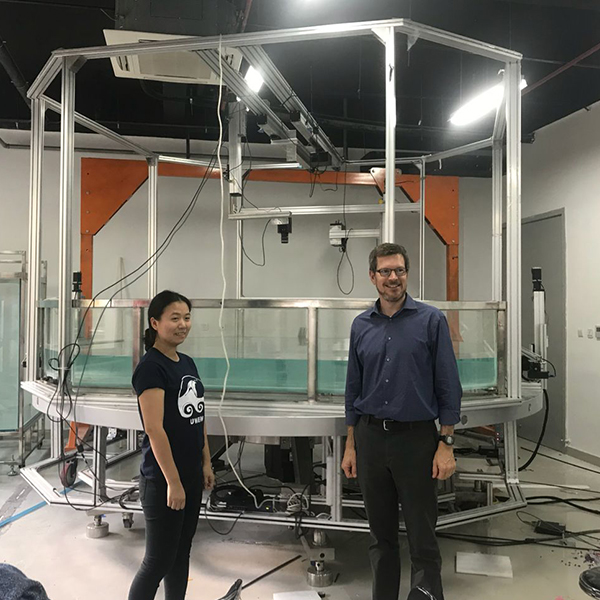-
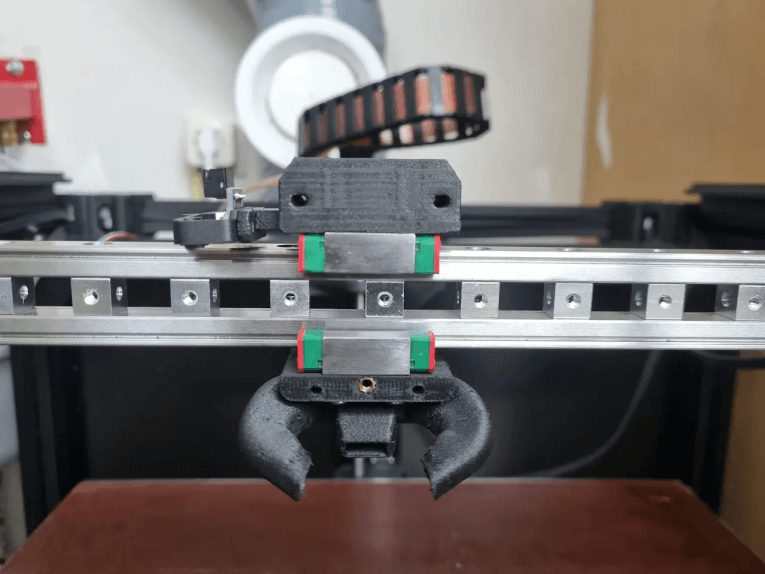
Types of Linear Motion System for CNC Robotics
CNC robotics come in many shapes, sizes, and functionality, each with a unique design that makes it perfect for the roles it is assigned to. To better understand how they work, it is important that we know the types that exist. On a broader scale, CNC robotics can be grouped into three categorie...Read more -
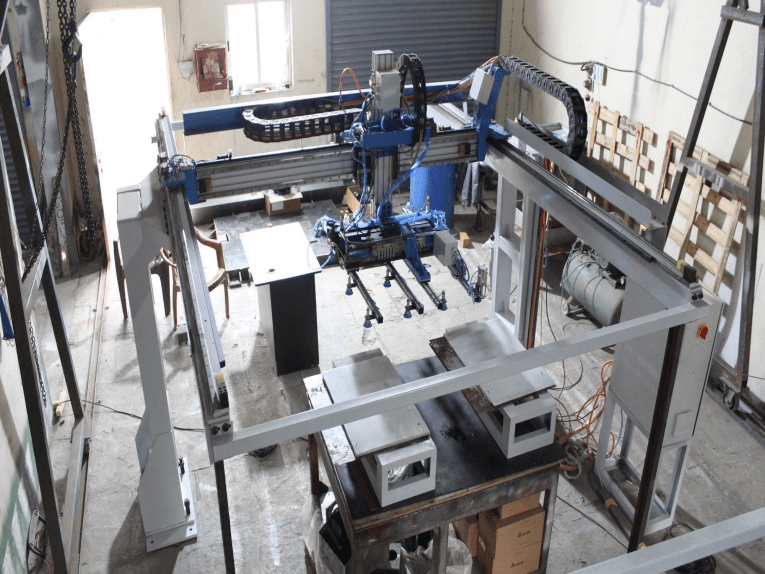
Things to Consider When Choosing a CNC Linear Motion Gantry Robot
Purchasing a robot is a significant investment that cannot be done on a whim since they are not cheap. When you decide to automate your manufacturing plant with the best CNC robots in the market, the following are some of the factors you have to pay close attention to. ...Read more -
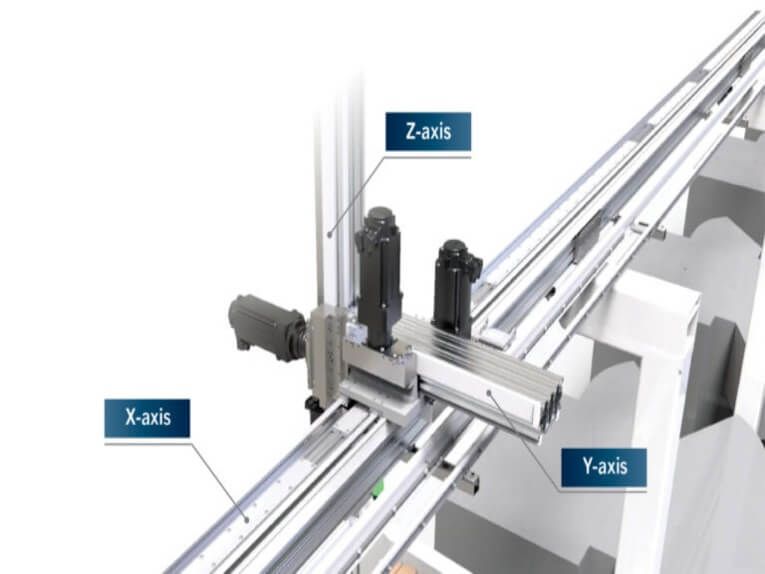
Simplifying overhead machine tending with long-travel automation
Manufacturing and packaging operations using manual material or parts handling operations can reap immediate benefits from automation with long-travel Cartesian robots having custom end-of-arm tooling (EoAT) and advanced sensing capabilities. These robots can support a variety of machines to per...Read more -
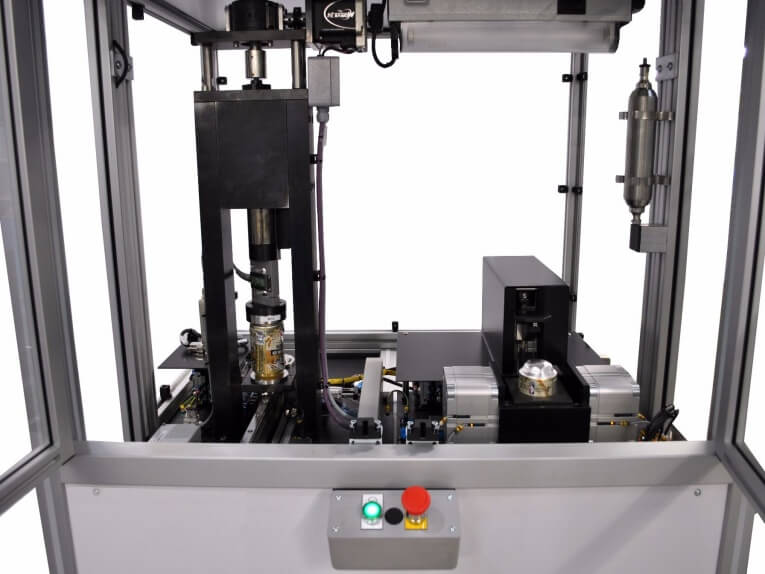
Specifying Linear Motion Systems – A dual ball-rail guide allows the linear module to handle axial loads
Careful analysis of the application, including orientation, moment and acceleration, will reveal the load that must be supported. Sometimes, the actual load will vary from the calculated load, so engineers must consider the intended use and potential misuse. When sizing and selecting linear mo...Read more -
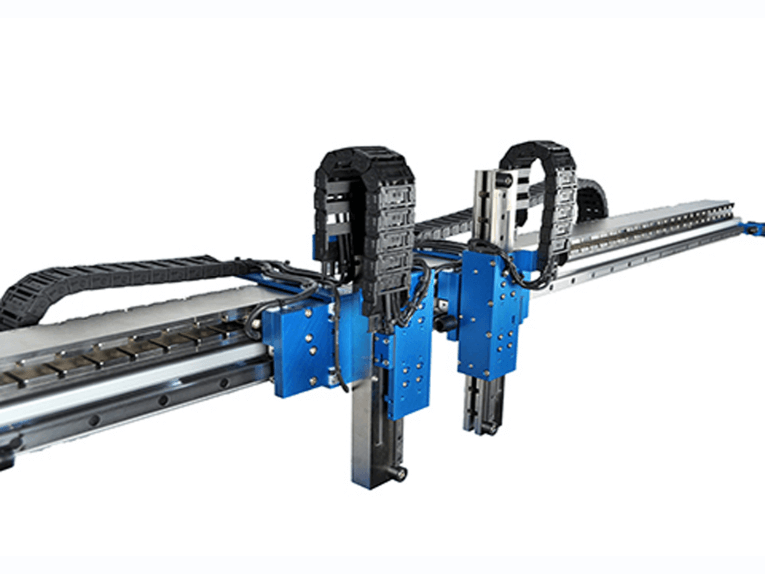
Solving the Problems of Long-Stroke Linear Motion
For most linear motion applications, conventional belt- or screw-driven systems work well. However, issues can arise when longer linear distances are required. Belt-driven systems are an obvious choice when long linear movements are required. These relatively straightforward systems use pulley d...Read more -
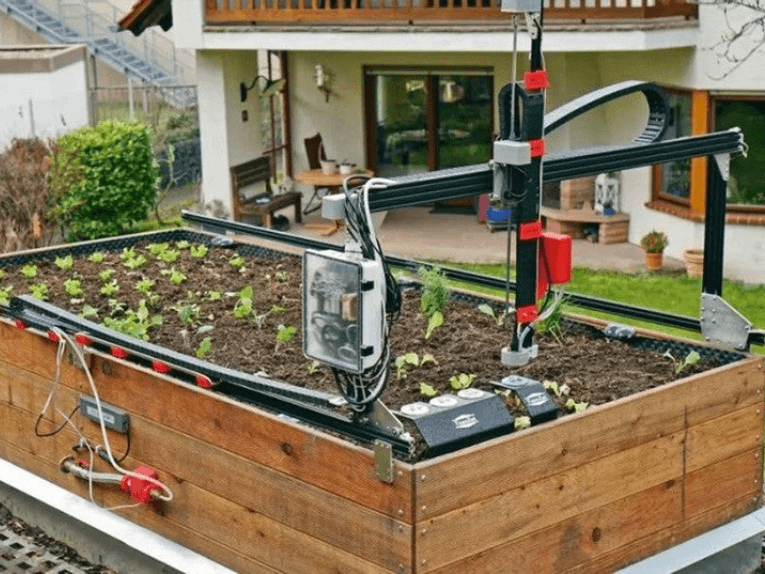
Linear Systems FAQ – Basics for Design Engineers
This article will explain the basics of designing a linear system including the structural support system, guidance technology, drive technology and sealing, lubrication and accessories. First it will discuss the pros and cons of the different technologies such as lead screw drives, ball screw d...Read more -
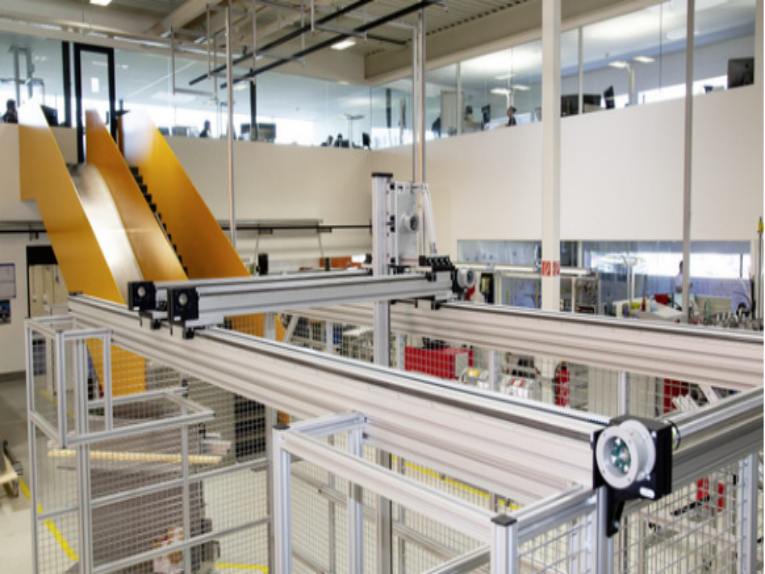
Specifying and Sizing Linear Rails for Motion Systems
The best approach to specifying and sizing linear rails is to define the most critical parameters of the application first; narrow the choices based on these requirements; and then apply critical variables to make the final linear-rail selection. First the basics: Linear guide rails, guideways, ...Read more -
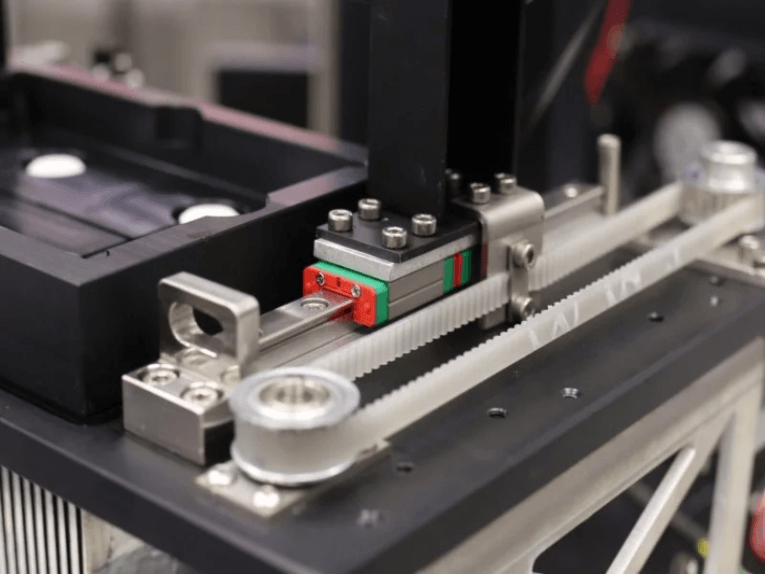
How to choose the optimal linear motion solution: Belt and rack & pinion drives?
Belt-driven actuators are characterized by high efficiency and simplicity meaning they are a suitable choice for applications requiring long strokes and lower loads. However, if the application requires durability, a rack and pinion system might be a better option since with adequate lubrication...Read more -
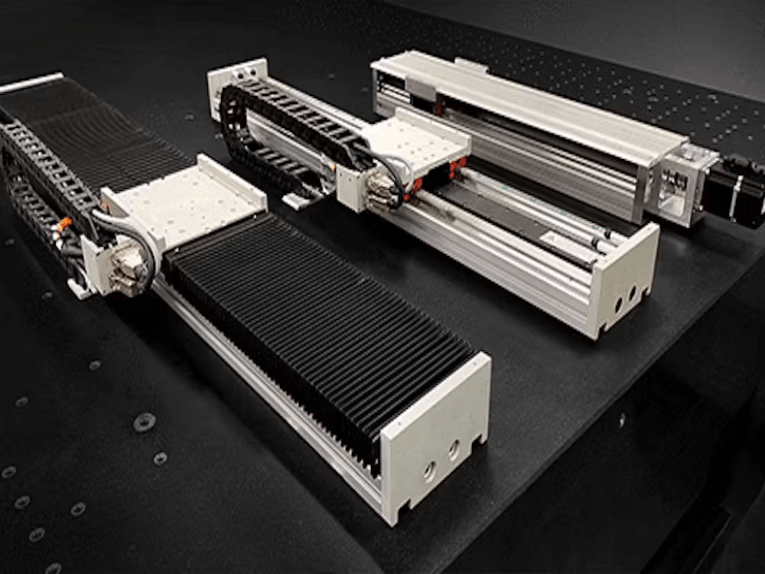
How to choose the optimal linear motion solution: Motion screws?
For linear motion there are multiple options from motion screws to belt and rack & pinion drives. Here we will make you familiar with two motion screw types. Ball screws are a better choice for applications requiring smooth motion, efficiency, accuracy, precision and prolonged continuous or ...Read more -
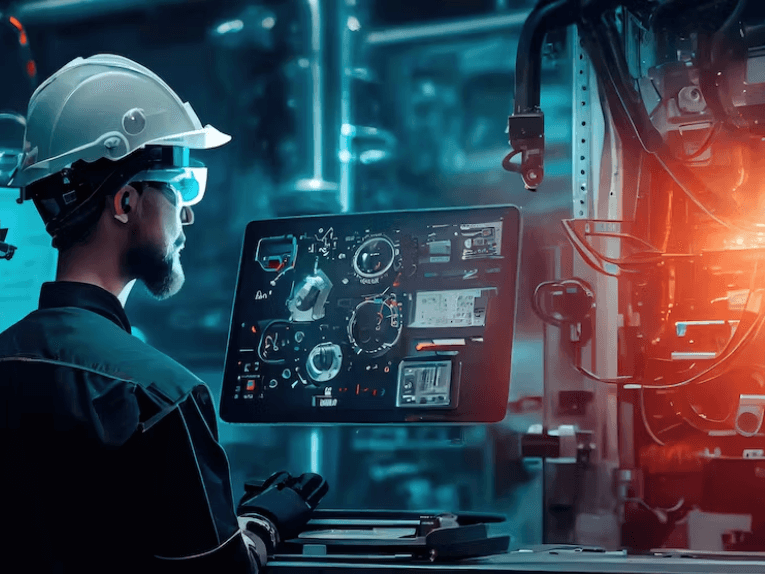
Adaptive Design in Machinery: How AI is Enabling Customizable Production Solutions for 2024
Adaptive design in machinery, a revolutionary concept in industrial production, is gaining momentum in 2024. This approach emphasizes the flexibility of production systems, allowing machines to adjust and respond to varying production needs dynamically. It signifies a shift from static, one-size...Read more -
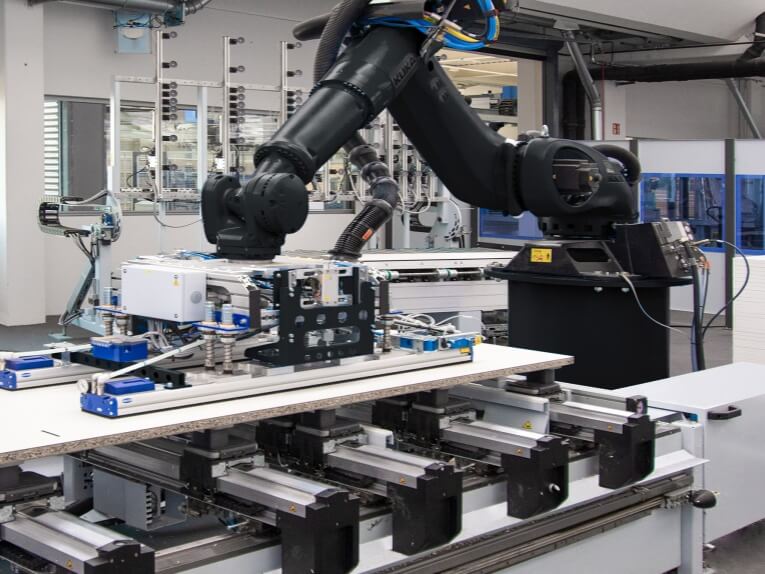
Why You Should Use CNC Machining for Robotic Assembly
CNC machining has been used in the past primarily within manufacturing and engineering environments, such as aerospace components, medical parts and automotive parts production. There are new applications within robotics assembling which can be greatly improved with this technology due to its ab...Read more -
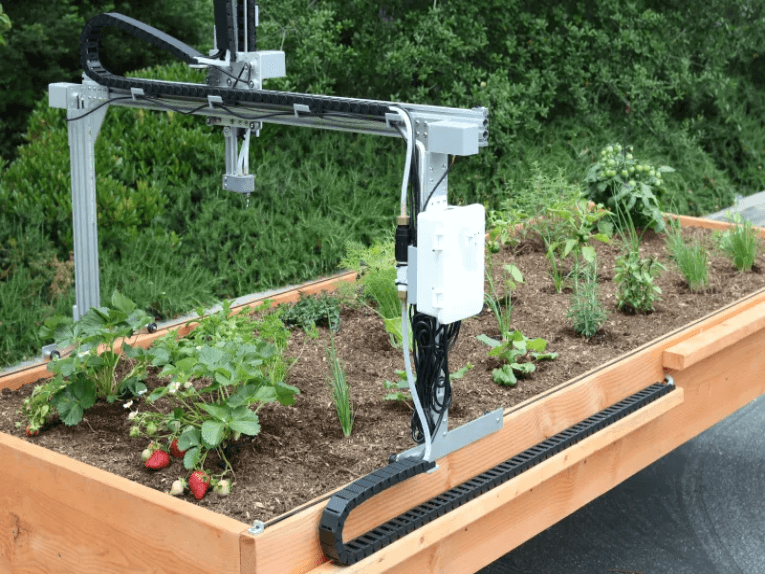
How to Calculate ROI on a Robot
Google Trends data demonstrates that web searches on the question “How much does a robot cost?” have doubled these years. From heavy-duty six-axis arms to SME-friendly collaborative models, robot pricing can vary as wildly as the specifications for each machine. Determining the total cost and re...Read more

